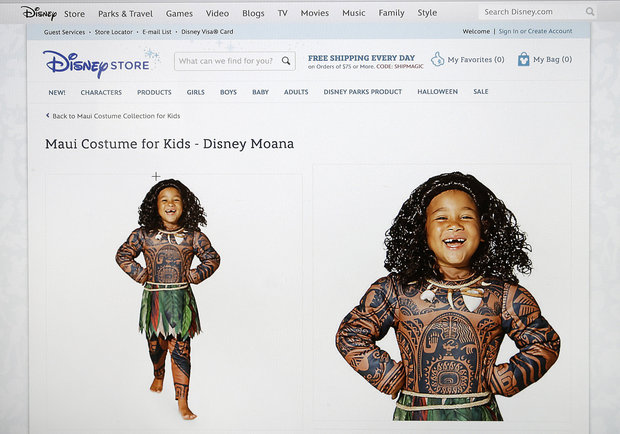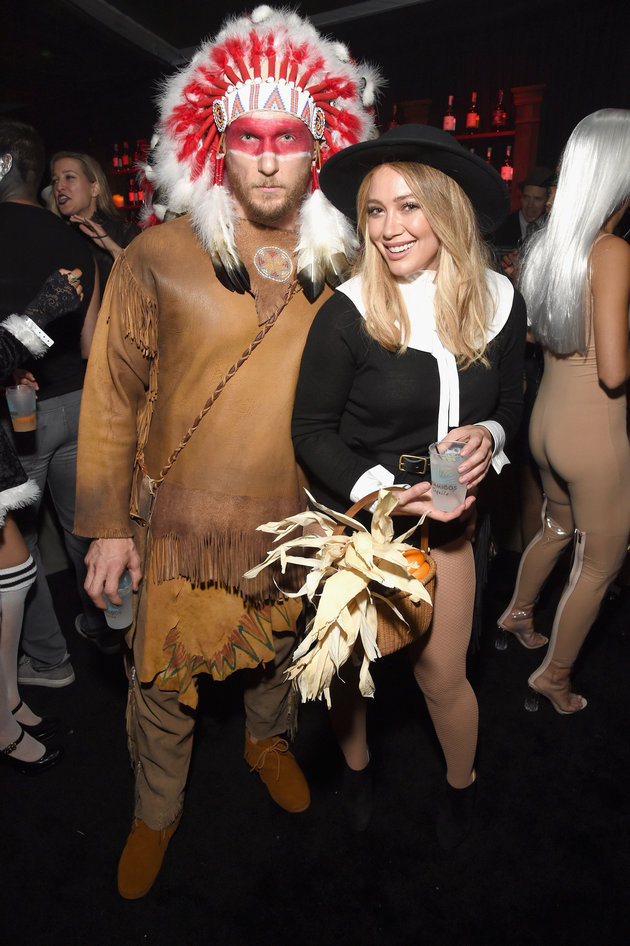Song Peilun is a hermit, an artist, a former professor, and now can be called the father of Yelang Valley.
After spending almost 20 years trying to build a wonderland-like place, Song’s vision has finally materialized.
It all started in 1996 when he quit his teaching position and spent his lifelong investment to buy a 200,000 square meters’ of land in an isolated mountainous forest area in Huaxi, southwest China’s Guizhou Province, and decided to stay there – just to pursue his quest of building a utopia-like community that resembles characteristics from the Middle Ages, or Winterfell from the hit TV series Game of Thrones.
But Yelang Valley’s civilization is believed to be older than the Middle Ages, before the area was part of modern-day China. Here, experts say, multiple ancient cultures were rooted, which have prospered for tens of thousands of years.
Song, now 76, has been studying the colorful minority cultures that have existed in the Guizhou region for years. After visiting the United States, he was particularly touched by the parallels between the ethnic minorities in Guizhou and the Native Americans – he was deeply saddened to see cultural infiltration had contributed to the loss of age-old traditions and heritage.
But the retired professor and cultural enthusiast wanted to restore that heritage in Huaxi, if not entirely then at least a part of it. He was inspired by the Crazy Horse, a mountain monument dedicated to a Native American warrior, in the US state of South Dakota. Song wanted to create something similar in the mountains of Guizhou.
Before he arrived, some of the villagers living in the area were working as masons, mining in the mountain and selling the stones to make a living.
“It is not fun selling them,” Song remembers suggesting them.
“Let’s build blocks,” he told them.
And the villagers agreed. They later became the architects of the valley that Song was visualized.
Through the years, Song trained them to become landscape architects – he had previously tried building an artist community in another area aiming to bring economic benefits to protect their culture but had failed. In Yelang Valley, he was continuing his pursuit. During the years, many locals aged, some died too, but their collective dream only thrived. And when Song ran out of money, the villagers even volunteered to contribute.
After all, Yelang Valley would become their spiritual home.
After two decades, Song says they have attracted visitors. Many locals, including him, now live in wooden houses perched in trees and the place looks like a settled community, but it is still an ongoing project, the creator adds.
However, along these years, Song’s wish of creating, and then retaining a village far from the hustle and bustles of city life has been hit hard by signs of modernization that are slowly seeping into the community.
But Song says he is not worried – if destroyed, he says, he will spend another 20 years to build another community in the other end of the valley.
This is so wonderful. I’d live in such a place, and happily so. We could use communities like this everywhere. Via CCTV News, Alfalfa Studio, and Great Big Story.

















